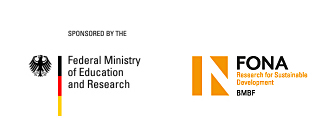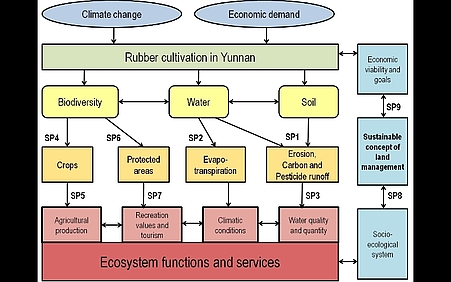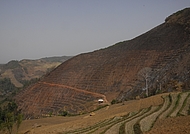Project structure
The objectives of the project will be reached by the joint activities of the German and Chinese partners in three overlapping phases covering five years in total:
- Assessment and quantification of major ecosystem functions and services of rubber- and forest-dominated land use systems by applying and developing scientific methods across different sectors and spatial scales. These include biophysical features (carbon dynamics, water balance and flows at plot and landscape scale), biodiversity-related features (pollinator services, agro-ecological diversification and nature reserve conflicts), and economic and socio-economic issues (microeconomic analysis welfare economic valuation and stakeholder analysis).
- Data and results on the quantification of ecosystem functions and services will be evaluated and analyzed in inter- and multidisciplinary approaches including modeling and up-scaling, in order to identify the spatial and temporal patterns and flows. Along with the results from economic analyses and valuations, trade-offs and synergies between alternative land use strategies and their economic viability and goals are identified. Strategic objectives and specific actions in rubber cultivation for the safeguarding of ecosystem services are then tested in experimental approaches.
- The transdisciplinary valuation of concepts by researchers of different disciplines and stakeholders of all sectors for acceptance and adoption of the developed solutions, in order to achieve long-term resilience of the socio-ecological system associated with ecosystem services. This is followed by the analysis of framework conditions for implementation and diffusion with focus on political-administrative hierarchies, land-use policies, and property rights.










